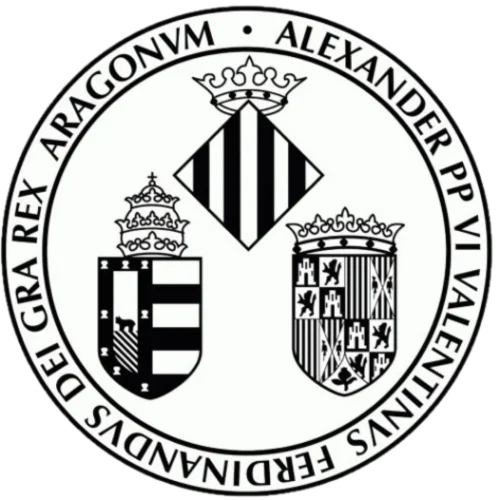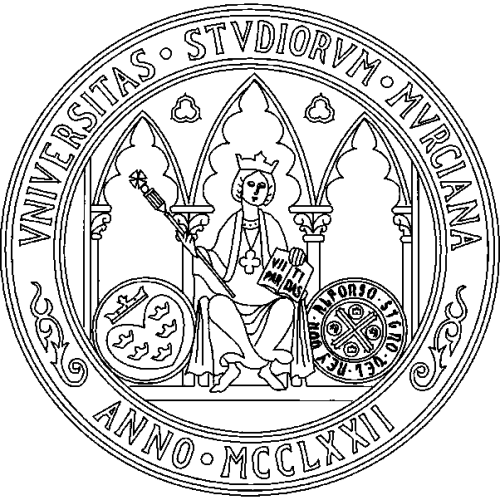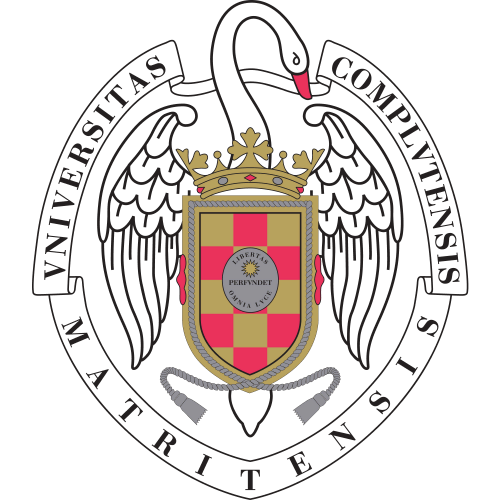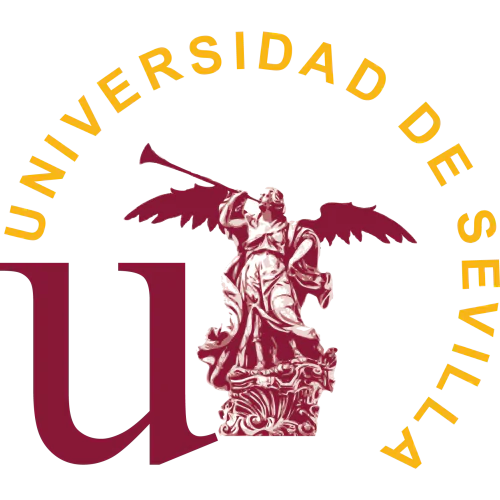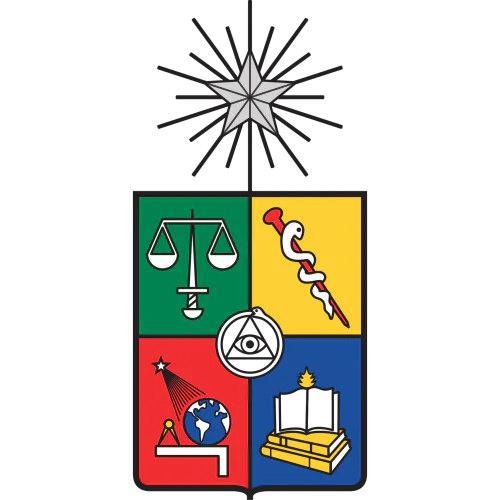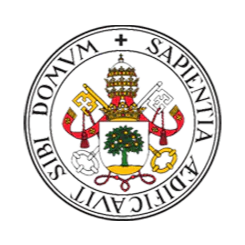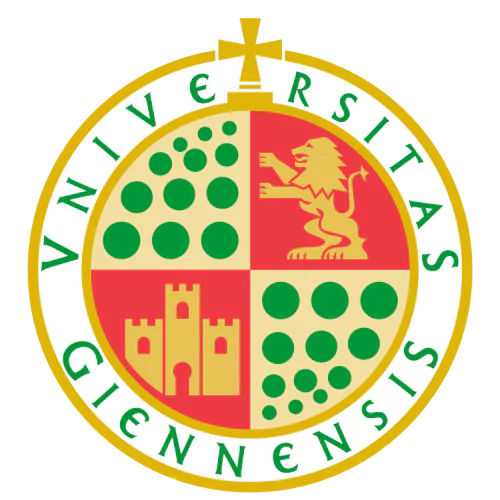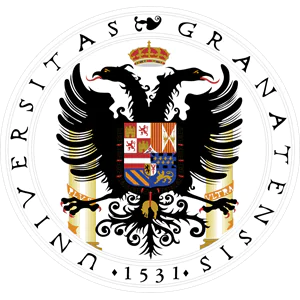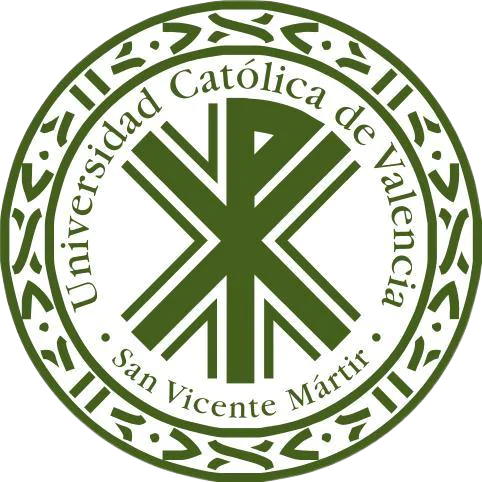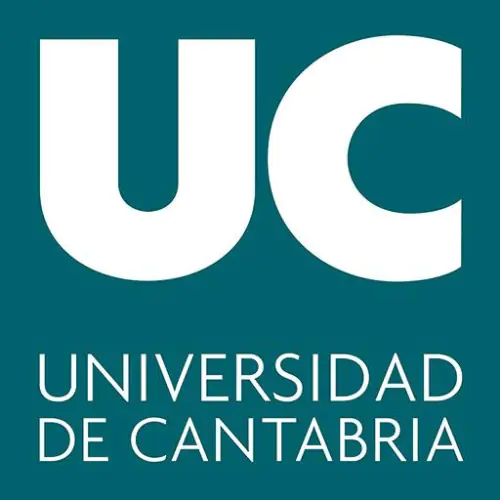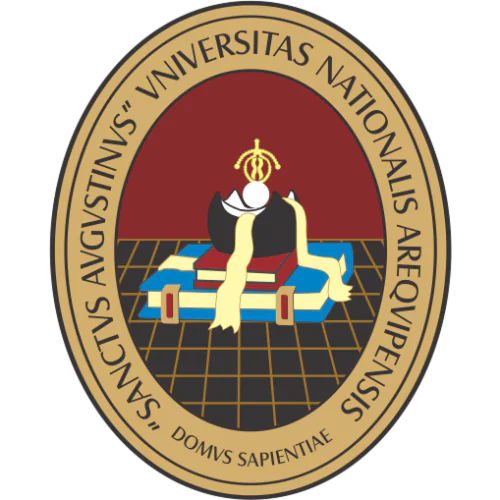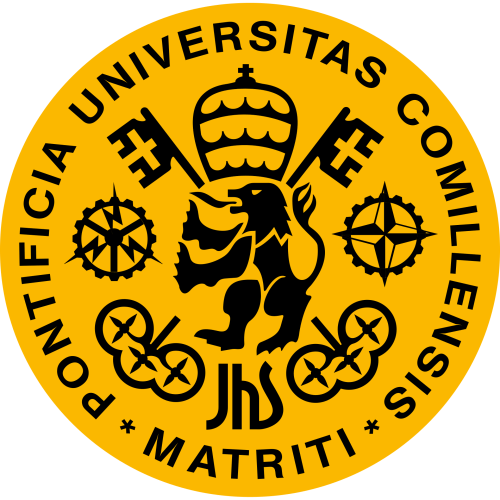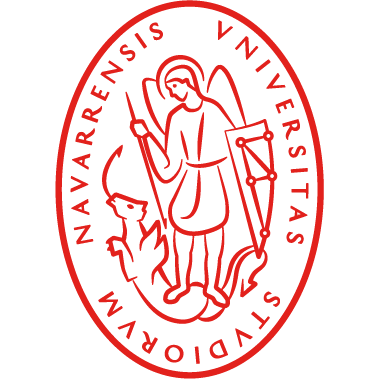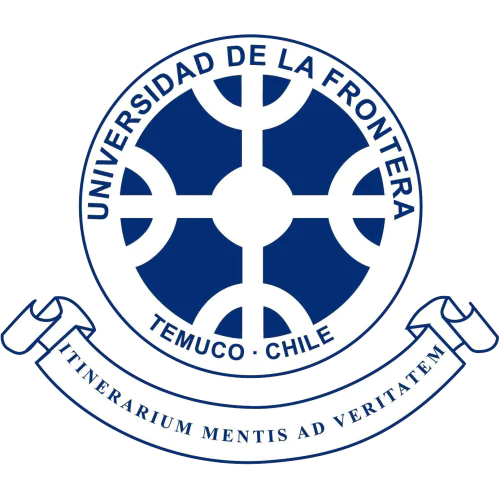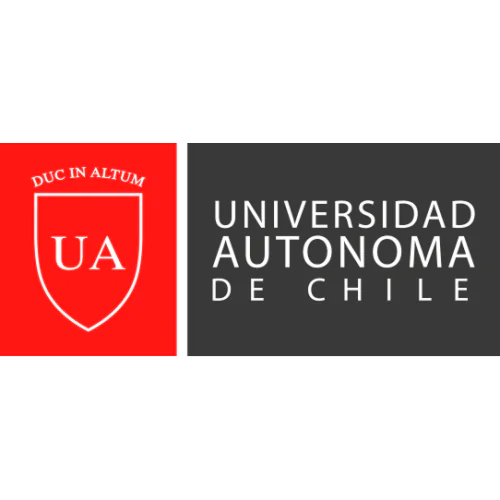Open Access


Siglo Cero
Are you a researcher?
Create a profile to get free access to personal recommendations for colleagues and new articles.
SCImago
Q3
SJR
0.292
CiteScore
1.5
Categories
Education
Psychology (miscellaneous)
Psychiatry and Mental Health
Social Psychology
Social Work
Areas
Medicine
Psychology
Social Sciences
Years of issue
2012, 2015-2025
journal names
Siglo Cero
Top-3 citing journals

Siglo Cero
(142 citations)

Research in Developmental Disabilities
(10 citations)
Top-3 organizations

University of Salamanca
(34 publications)

Universidad Autónoma de Madrid
(18 publications)
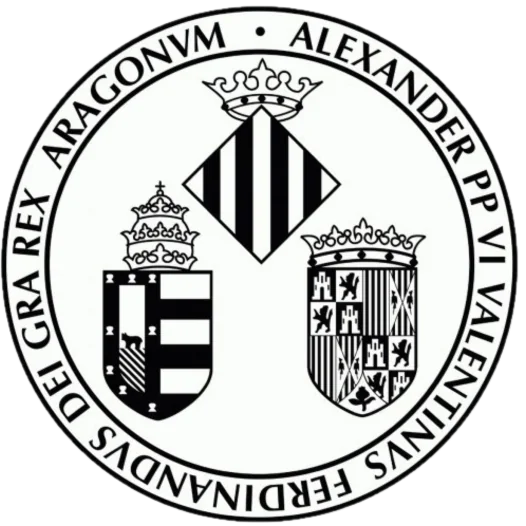
University of Valencia
(13 publications)

University of Salamanca
(20 publications)

Universidad Autónoma de Madrid
(8 publications)

University of Oviedo
(7 publications)
Top-2 researchers by articles count
2 publications in journal
Larraceleta Aitor
8 publications,
15 citations,
8 reviews
h-index: 2

University of Oviedo
1 publication in journal

Andrés Sebastian
3 publications,
4 citations
h-index: 2

Universidad Católica del Maule
Most cited in 5 years
Found
Nothing found, try to update filter.
Found
Nothing found, try to update filter.
Top-100
Citing journals
Citing publishers
Publishing organizations
Publishing organizations in 5 years
Publishing countries
|
10
20
30
40
50
60
|
|
|
Spain
|
Spain, 52, 19.7%
Spain
52 publications, 19.7%
|
|
Brazil
|
Brazil, 2, 0.76%
Brazil
2 publications, 0.76%
|
|
India
|
India, 2, 0.76%
India
2 publications, 0.76%
|
|
Colombia
|
Colombia, 2, 0.76%
Colombia
2 publications, 0.76%
|
|
Chile
|
Chile, 2, 0.76%
Chile
2 publications, 0.76%
|
|
USA
|
USA, 1, 0.38%
USA
1 publication, 0.38%
|
|
Argentina
|
Argentina, 1, 0.38%
Argentina
1 publication, 0.38%
|
|
Belgium
|
Belgium, 1, 0.38%
Belgium
1 publication, 0.38%
|
|
United Kingdom
|
United Kingdom, 1, 0.38%
United Kingdom
1 publication, 0.38%
|
|
Mexico
|
Mexico, 1, 0.38%
Mexico
1 publication, 0.38%
|
|
Peru
|
Peru, 1, 0.38%
Peru
1 publication, 0.38%
|
|
10
20
30
40
50
60
|
Publishing countries in 5 years
|
5
10
15
20
25
30
35
|
|
|
Spain
|
Spain, 34, 18.68%
Spain
34 publications, 18.68%
|
|
Brazil
|
Brazil, 2, 1.1%
Brazil
2 publications, 1.1%
|
|
Mexico
|
Mexico, 1, 0.55%
Mexico
1 publication, 0.55%
|
|
Peru
|
Peru, 1, 0.55%
Peru
1 publication, 0.55%
|
|
Chile
|
Chile, 1, 0.55%
Chile
1 publication, 0.55%
|
|
5
10
15
20
25
30
35
|
2 publications in journal
Larraceleta Aitor
8 publications,
15 citations,
8 reviews
h-index: 2

University of Oviedo
1 publication in journal

Andrés Sebastian
3 publications,
4 citations
h-index: 2

Universidad Católica del Maule























